Ladies and Gentlemen, Charge your cameraphones!
As we gear up for Coastal Cleanup Day this Saturday, we have some fun contests and promotions for all our wonderful volunteers. Some of these contests have prizes and some are just for fun. Some are offered by local partners through Heal The Bay, and are only available at one of our 50 cleanup sites. Others are provided by the California Coastal Commission, and are open to volunteers across the state. So, bring your friends, family, co-workers and neighbors! This is quite possibly the most fun you could have in Los Angeles this weekend.
Don’t forget to tag #HealtheBay and @HealtheBay in your Instagram, Twitter and Facebook posts! You could be featured in our Best of CCD Photo Round-up next week!
Rubio’s Coastal Cleanup Day Instagram Contest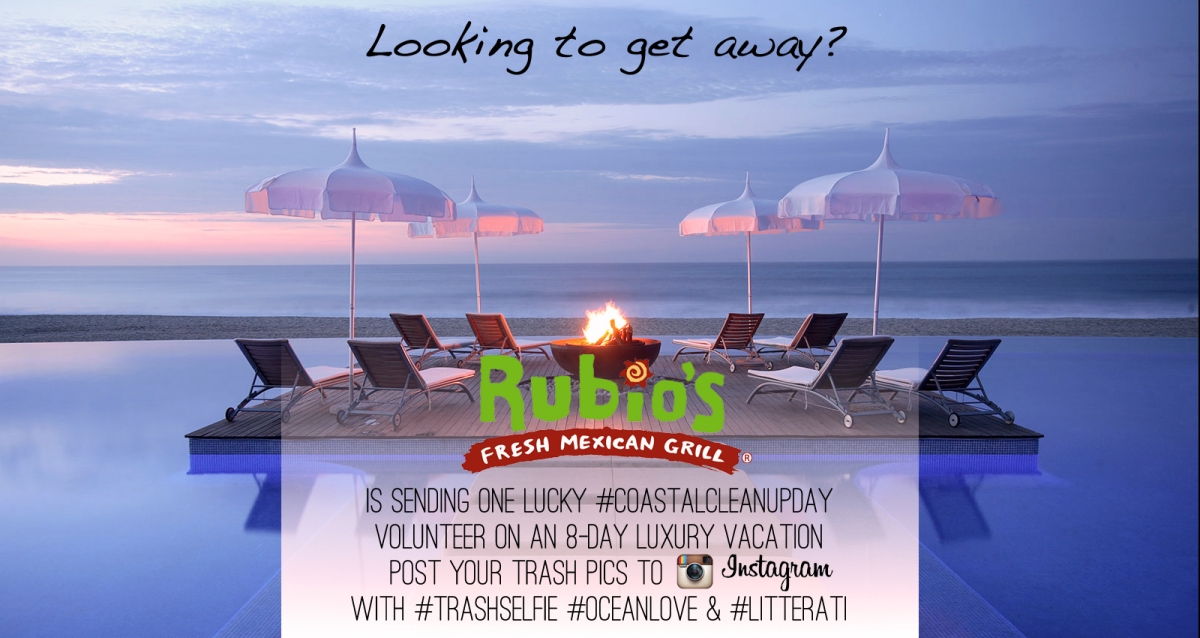
This year Rubio’s is generously sending one lucky volunteer on a luxury vacation.
- Using Instagram, snap a photo of the trash you find at Coastal Cleanup Day.
- Tag your photo with #coastalcleanupday #litterati #trashselfie #OceanLove and post it.
The winner, to be selected by the California Coastal Commission (@thecaliforniacoast), will receive a prize package from Rubio’s for an 8 day/7 night stay in a 2 bedroom Grand Suite at a Grand Mayan Luxury Resort in either Riviera Maya (Cancun), Nuevo Vallarta, Los Cabos or Acapulco! The suite can fit up to 6 people, and has a kitchen, living area and 2 private bedrooms. Dates are based on availability and there may be an extra fee for major holidays (Christmas, NYE, Presidents Week, Easter and Thanksgiving). Please click here for complete rules and details.
California Coastal Commission ‘Most Unusual Item’ Contest
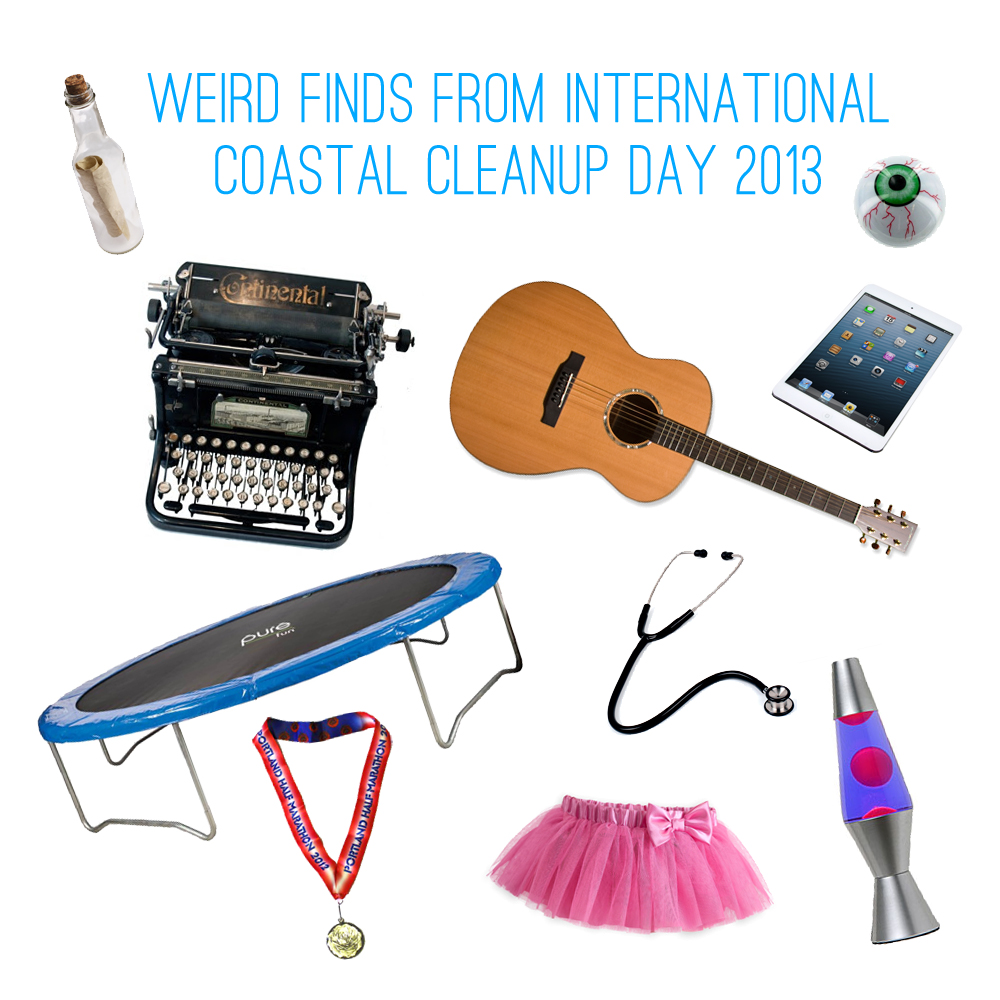
Each year, the Coastal Commission gives out prizes for the Most Unusual Items collected during the Cleanup.
- Take a photo of the most unsual item you find during Coastal Cleanup Day.
- Post the photo to Facebook with the tags #coastalcleanupday #mostunusual
- OR you can email the photo to coast4u@coastal.ca.gov.
Two winners will be selected, one from the coastal areas of California and another from the inland areas of California. Each will receive a $100 Visa gift card!
Heal The Bay Cigarette Butt Challenge

Cigarette butts are the most common trash item picked up at Coastal Cleanup Day. Many people throw thier butts out of car windows and into the street where they wash down storm drains to the ocean. This jar contains the average number of cigarette butts picked up in three hours at just ONE cleanup site.
- Go to our Facebook post HERE.
- Comment with your guess about how many butts are in the jar.
Anyone who guesses correctly, as determined by Heal The Bay, will recieve a Heal The Bay t-shirt.
Party with Rusty’s Surf Ranch
Celebrate Coastal Cleanup Day with Rusty’s Surf Ranch on the Santa Monica Pier.
- Friday 9pm to close: no-cover reggae, “last chance to sign up” with 10% off food and $3.50 bud & bud light.
- Saturday during the day: 10% off food.
- Saturday night 9pm to close: “relax at the beach after your hard work” with 10% off food, $3.50 bud & bud light and no-cover reggae.
Free Tacos For Volunteers From Rubio’s

While supplies last, Coastal Cleanup Day volunteers can get a coupon for a free taco from Rubio’s! Sign up for a cleanup site in your community, and show up bright and early Saturday morning for more info.
More, More, More!
Plus, we’ve got special prizes, activities, partners and promotions planned for many individual sites. Who know’s what you might discover besides trash at your community’s cleanup site?! We’re working hard to show our Coastal Cleanup Day volunteers how much we appreciate them. Stay tuned for last minute offers, including a partnership with Perry’s Cafe.



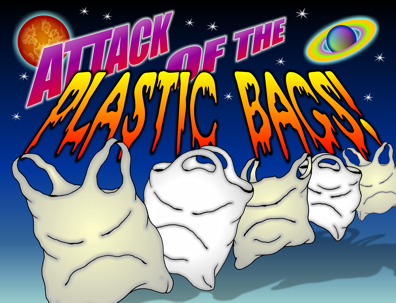
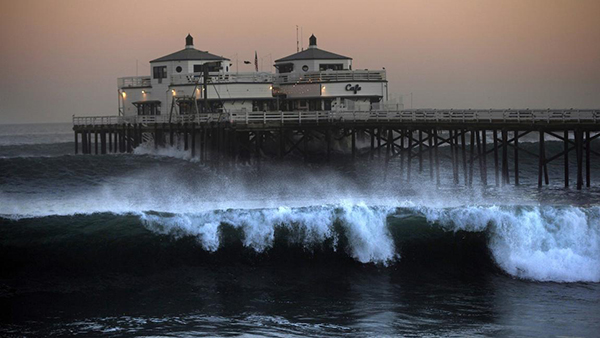 Photo: Rick Loomis / Los Angeles Times
Photo: Rick Loomis / Los Angeles Times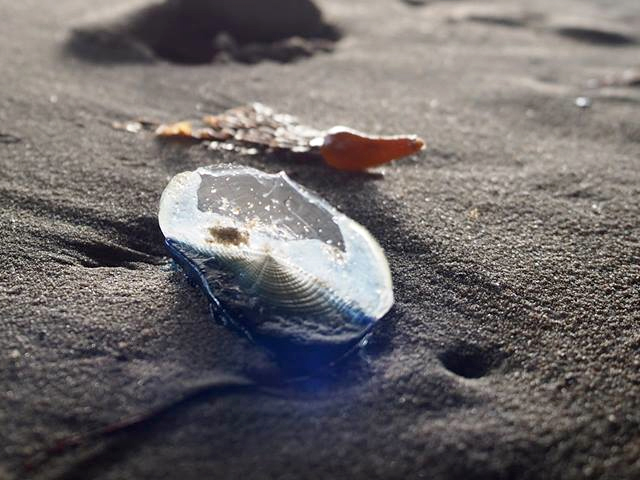
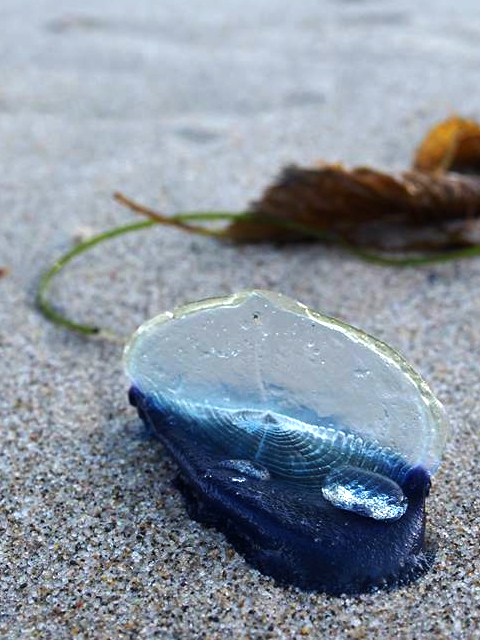
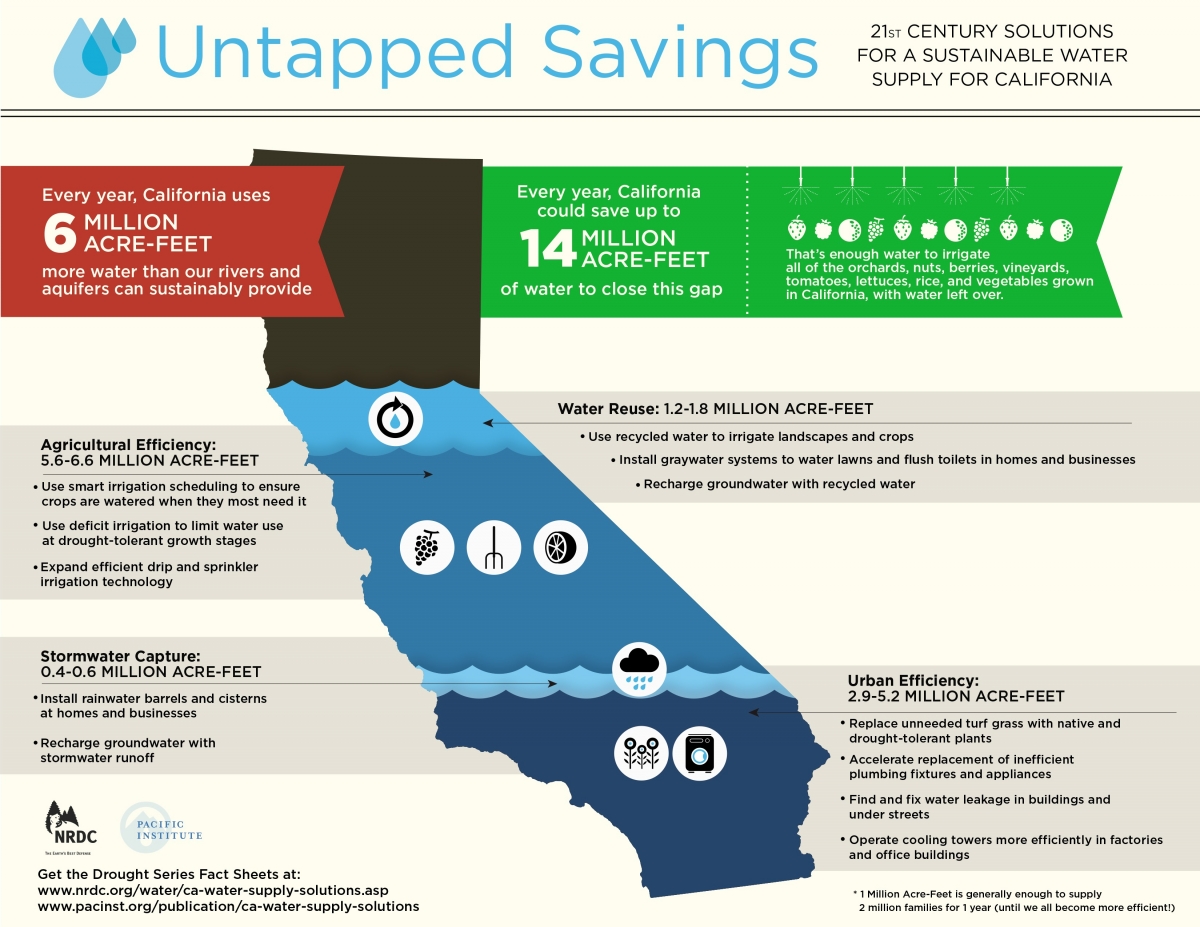
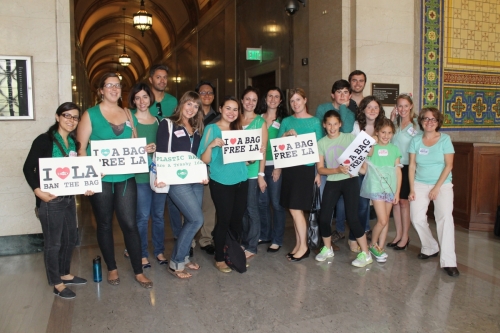 Heal the Bay led the charge to enact a ban in L.A., spurring statewide action
Heal the Bay led the charge to enact a ban in L.A., spurring statewide action
 A white shark takes the bait in Shark Alley off the coast of South Africa.
A white shark takes the bait in Shark Alley off the coast of South Africa. A white shark breaching.
A white shark breaching.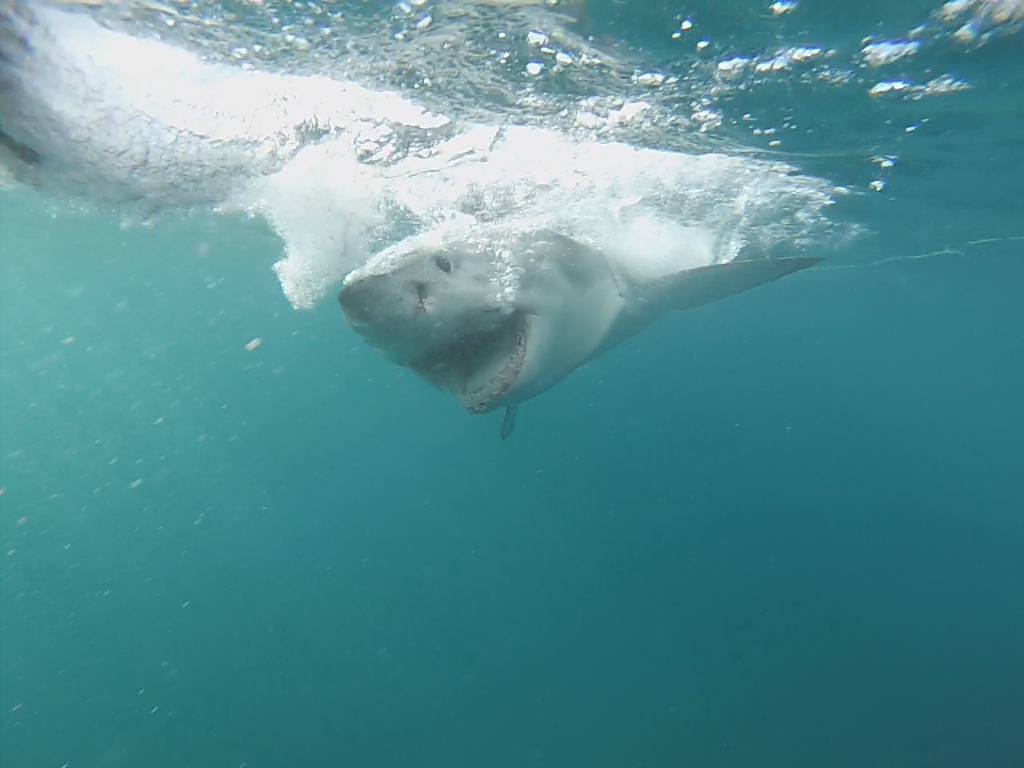 From inside the shark cage!
From inside the shark cage!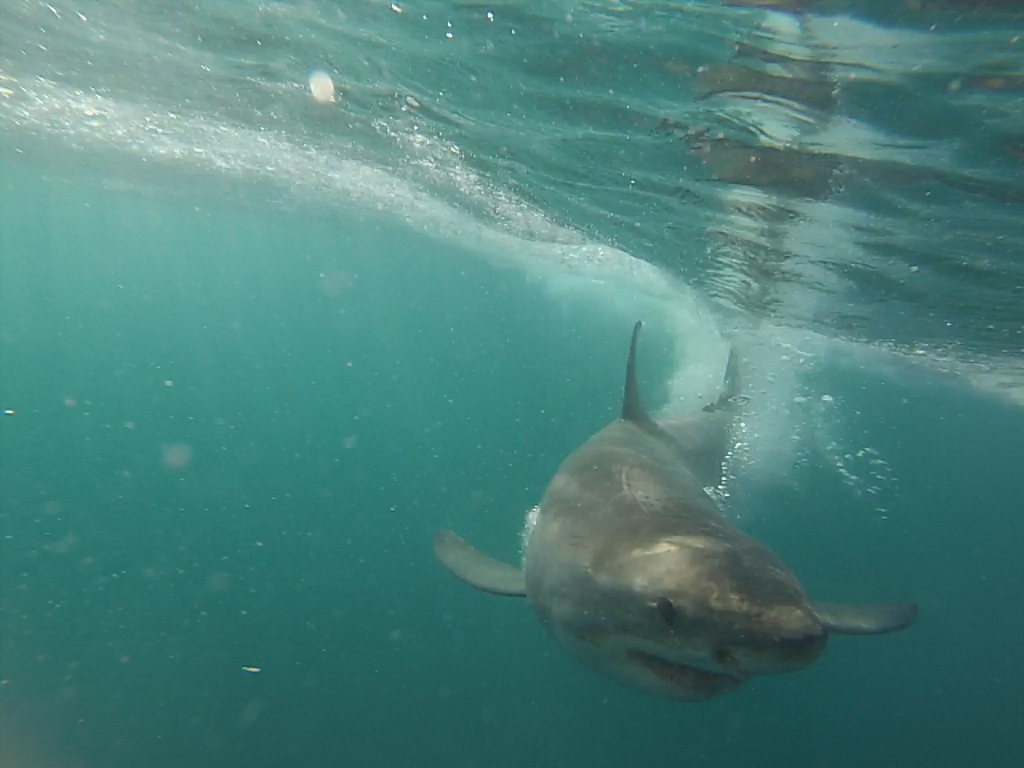 Still safely in the cage.
Still safely in the cage.
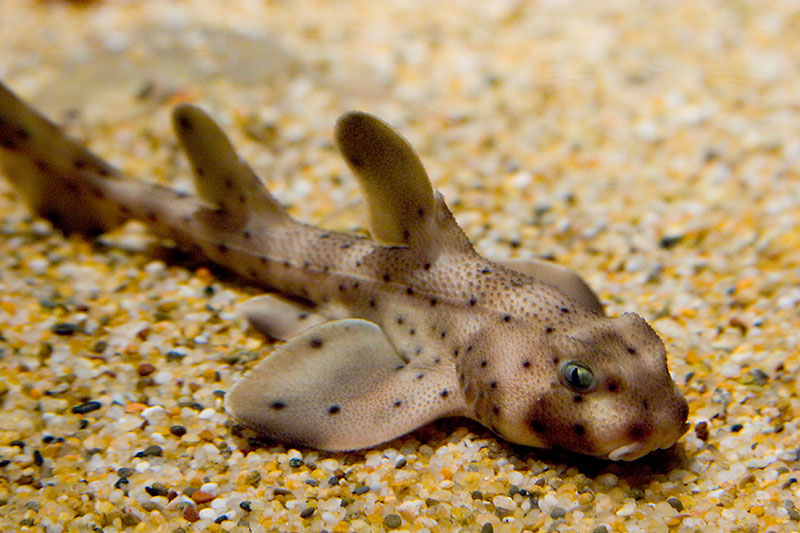 I cannot imagine what that little shark thought about its first kiss — but I loved it. I won’t do it again. I promise to hold back, because honestly I’m pretty sure that horn shark was pretty upset about the whole incident. So I encourage you to love sharks as much as possible but try to restrain yourself when you feel a “Kiss Attack” coming on. If you are in need of your shark “fix” then I very much encourage you to visit us at the Santa Monica Pier Aquarium, where you’ll get an up close encounter with horn sharks, swell sharks and leopard sharks. See you soon and feel free to ask for me by name — the Shark Kisser!
I cannot imagine what that little shark thought about its first kiss — but I loved it. I won’t do it again. I promise to hold back, because honestly I’m pretty sure that horn shark was pretty upset about the whole incident. So I encourage you to love sharks as much as possible but try to restrain yourself when you feel a “Kiss Attack” coming on. If you are in need of your shark “fix” then I very much encourage you to visit us at the Santa Monica Pier Aquarium, where you’ll get an up close encounter with horn sharks, swell sharks and leopard sharks. See you soon and feel free to ask for me by name — the Shark Kisser!